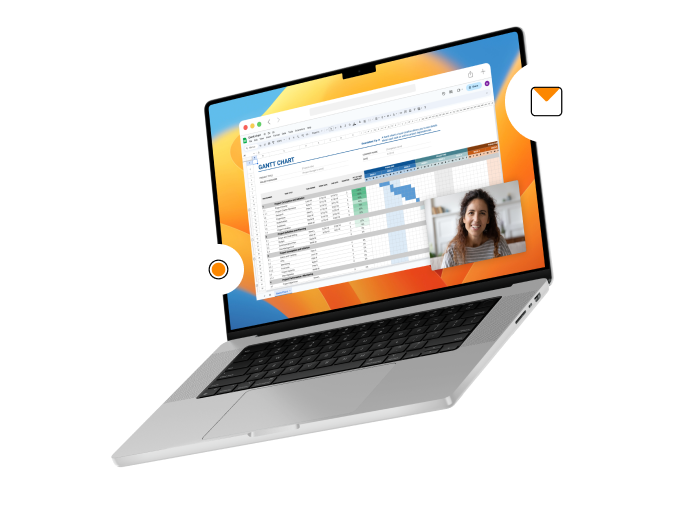
Building one-to-one relationships with customers is ideal, but can feel impossible for today’s Customer Success Manager (CSM). A lot of CSMs are out there crushing it every day, being furiously proactive by reaching out to customers, assisting with on-boarding, setting workflows to help customers use video email, and much more. But for us, this method didn’t scale very well when we took into account our 30,000+ (and growing!) customers and the risk of spreading a CSM’s time too thin.
Building one-to-one relationships with customers is ideal, but not always possible. As a growing company that expanded from 60 employees to 115 employees in just one year, we knew we needed scalable but humanistic resolutions we could apply immediately and in the future while moving forward. It all came down to finding the best route to be personal while staying sane.
Here are some technological platforms we use in our own Customer Success department to make the customer experience as humanized as possible:
1. Conversica
This Artificial Intelligence (AI) assistant program helps us engage and nurture leads and allows room for relationship-building without the stress of juggling thousands of individual customers. We rely on Conversica to communicate with our customers regularly and set onboarding appointments with our CSMs, building rapport while eliminating the time consumed by back-and-forth communication.
2. EverWebinar
Webinars are a great way to train big groups of people while making them feel like they are receiving personal training. In addition to providing “evergreen” training, we use EverWebinar to start customers off with a face-to-face foundation so they can get to know us. We’re able to create a consistent onboarding experience for new customers, and everyone gets an enthusiastic and personal welcome to the BombBomb family.
3. Hubspot
With this platform, we build email marketing campaigns targeting specific audiences and non-use customers and send personalized email reminders with training and education opportunities. For instance, we send triggered emails to customers who haven’t recently logged into their account; we acknowledge their recent absence, but also provide resources to guide them if they’re stuck so they don’t feel alone.
4. Zendesk
With Zendesk, we create automatic responses to helpdesk tickets and build pre-created responses for multiple uses, including ones with videos of our Customer Care team. Using video communication through Zendesk has made our responses more personal. We also built a customer-facing knowledge base through Zendesk with how-to articles for people who prefer to receive our help through self-paced learning or support.
5. Pendo
We use Pendo to continuously create a better, more seamless in-app experience for our customers using in-app guides and messaging during and after onboarding. By using guides for step-by-step tasks, the customers feel as if we’re journeying alongside them. Additionally, we review the product usage data to get a sense of our customers’ workflows and use it to generate new ideas to influence customer behavior.
6. Northpass
For customers interested in self-paced learning or more in-depth training from us, we guide them to our customized platform on SchoolKeep. We used this SaaS-based program to create a private training center, BombBomb Academy, just for customers featuring educational online courses with videos. These courses cover some of our most asked-about topics to address the material our customers express interest in.
Conclusion:
After many critical thinking sessions and a lot of trial and error, we found ways we could use technology to accomplish the difficult feat of using personification tools to both scale and infuse our personality into mechanics. Sounds counterproductive, but with modern advances in technology and a well-thought out strategy, we found that it was possible to continue building qualityperso, nal relationships with our customers without having to exhaust our (human) resources. What ways do you use technology to rehumanize experiences with your customers?





